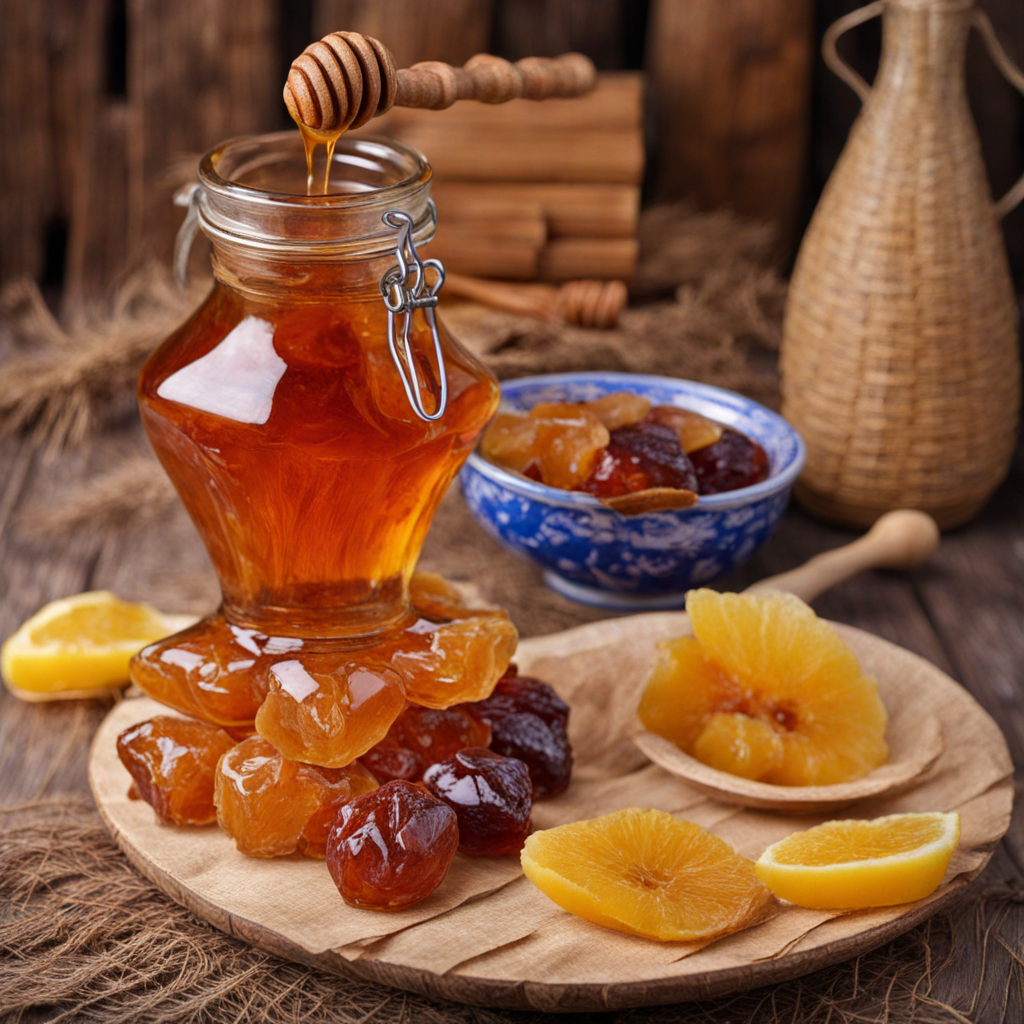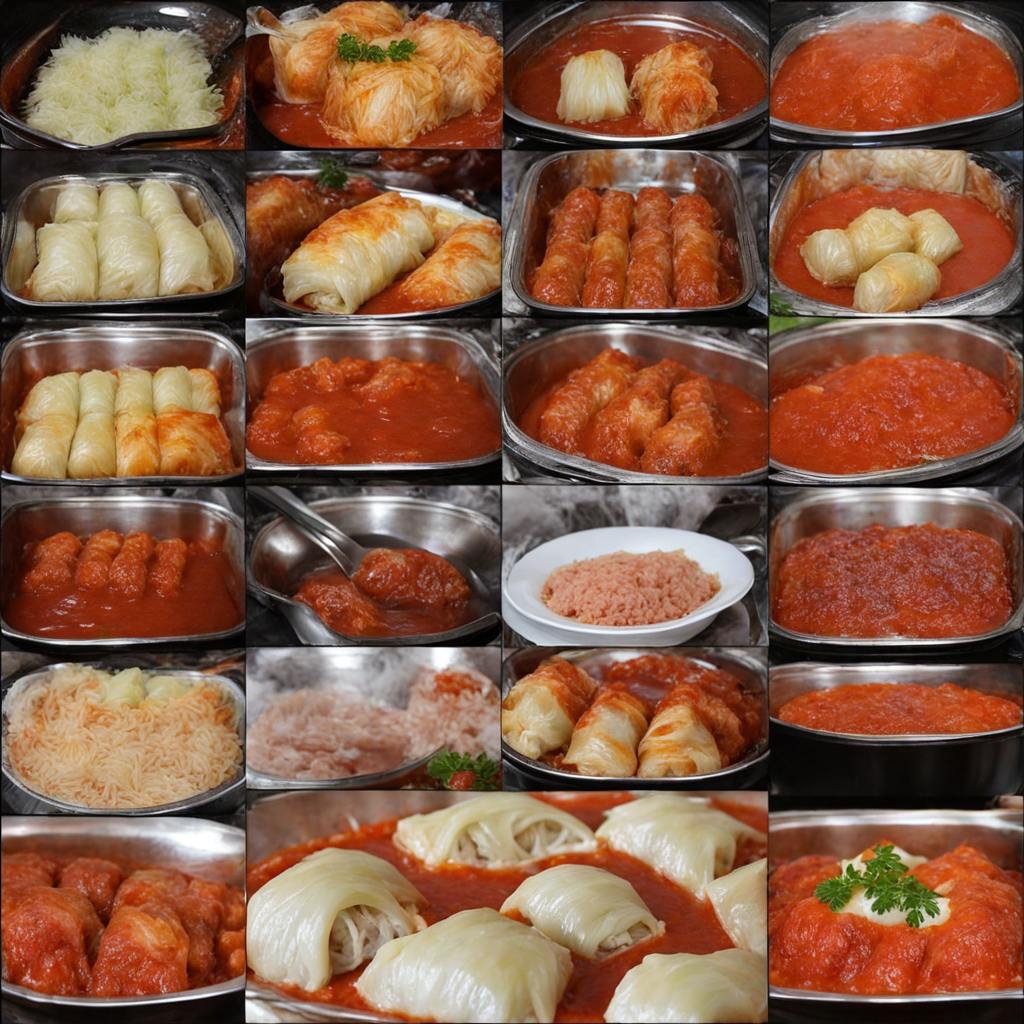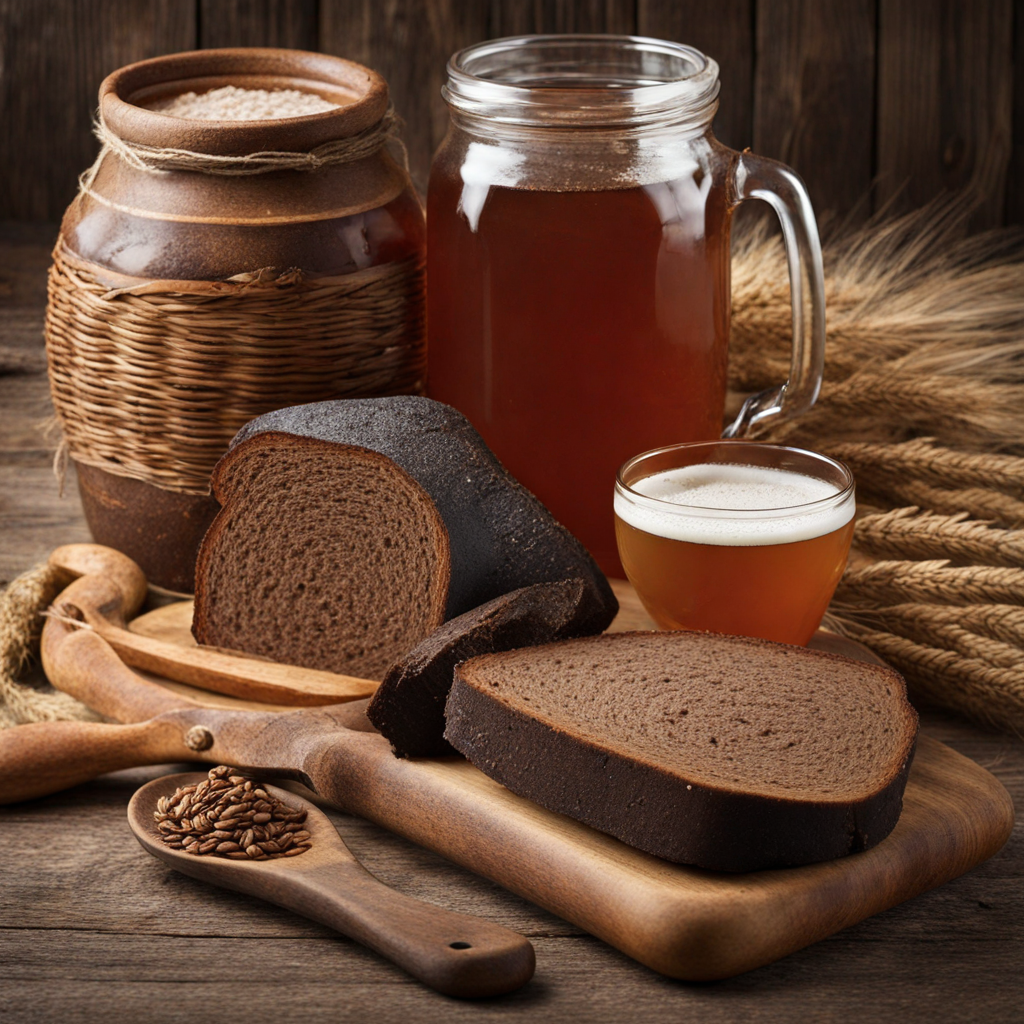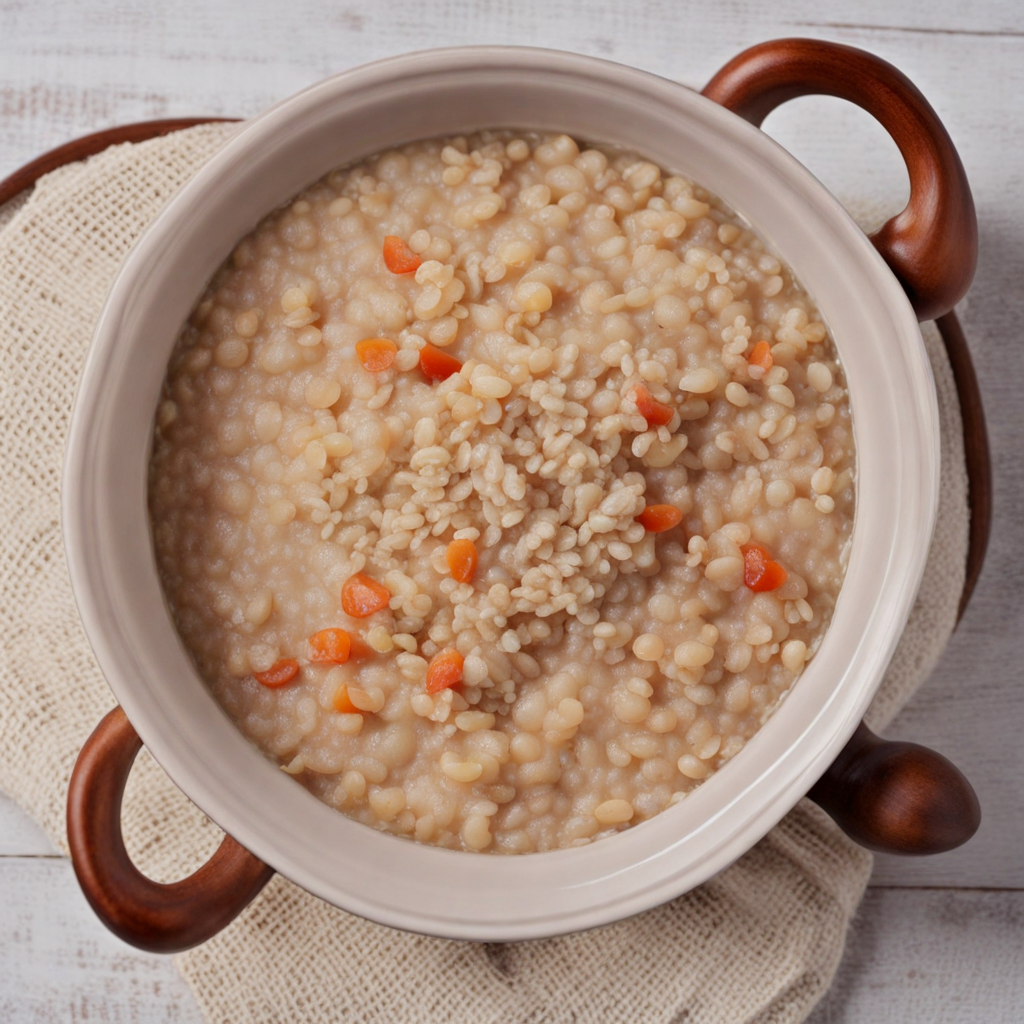Uzvar
Uzvar is a traditional Ukrainian beverage that embodies the essence of the country's rich agricultural heritage. This delightful drink is made by simmering dried fruits, such as apples, pears, and plums, in water, often sweetened with honey or sugar. The result is a fragrant and naturally sweet concoction that carries the warmth of its ingredients. It is not only refreshing but also deeply satisfying, offering a taste of the fruits' concentrated flavors that evoke memories of summer harvests. Each sip is a celebration of the land, highlighting the importance of seasonal produce in Ukrainian cuisine. What sets Uzvar apart is its versatility and the variety of fruits that can be used, which often depends on the season and local availability. Some variations may include berries or even nuts, each adding a unique twist to the beverage. The drink can be enjoyed warm or cold, making it suitable for different occasions, from festive gatherings to casual family meals. Its natural sweetness and fruity aroma make it an inviting choice for all ages, often served during celebrations such as Christmas or weddings as a symbol of abundance and prosperity. Beyond its delightful taste, Uzvar also carries a cultural significance. It is often associated with family traditions and gatherings, serving as a reminder of the importance of sharing food and drink with loved ones. The preparation of Uzvar can be a communal activity, where family members come together to select and prepare the fruits, creating a sense of connection and nostalgia. This drink not only tantalizes the taste buds but also nourishes the soul, making it a wonderful introduction to the flavors of Ukraine.
How It Became This Dish
Uzvar: A Sweet Symbol of Ukrainian Heritage Uzvar, a traditional Ukrainian beverage, is not just a drink; it is a profound reflection of the country's rich culinary heritage and cultural identity. This sweet compote, made from dried fruits and honey, embodies the essence of Ukrainian tradition, symbolizing warmth, hospitality, and the passage of time. To fully appreciate uzvar, one must delve into its origins, cultural significance, and evolution throughout history. Origins of Uzvar The roots of uzvar can be traced back to the ancient Slavic peoples who inhabited the lands that now constitute Ukraine. This beverage is believed to have evolved from early practices of preserving fruits through drying, a technique that allowed communities to enjoy seasonal produce throughout the harsh winters. The Slavs, who relied heavily on agriculture and the bounty of their land, found ingenious ways to utilize what they had at hand. Dried fruits, such as apples, pears, prunes, and cherries, became staples in Ukrainian households. The method of boiling these dried fruits in water, often sweetened with honey, created a nourishing drink that provided essential nutrients during the cold months. It was not merely a means of sustenance; it was a testament to the resilience of the Ukrainian people, who adapted to their environment and maximized their agricultural products. Cultural Significance Uzvar holds a significant place in Ukrainian culture, particularly during festive occasions and religious observances. It is traditionally served at Christmas and Easter feasts, symbolizing abundance and the sweetness of life. The drink is often made with twelve different types of dried fruits, representing the twelve apostles, which adds a layer of spiritual symbolism to its preparation. In Ukrainian households, uzvar is associated with hospitality. When guests arrive, it is customary to offer them a glass of this sweet beverage, a gesture that signifies warmth and generosity. The drink's preparation often involves the whole family, with each member contributing to the selection and preparation of the dried fruits, reinforcing bonds and creating a sense of togetherness. Uzvar is also an integral part of weddings and other significant life events. It is believed that sharing uzvar at such gatherings brings happiness and prosperity to the newlyweds, further entrenching its status as a symbol of good fortune and blessings. The Evolution of Uzvar Over Time As Ukraine navigated through various historical phases—ranging from the Kievan Rus' era through the tumultuous periods of foreign domination, war, and independence—the recipe and cultural significance of uzvar evolved, reflecting the changing times. #### The Kievan Rus' and Medieval Period During the Kievan Rus' period (9th to 13th centuries), uzvar was likely reserved for nobility and religious ceremonies. Historical texts indicate that dried fruits were highly valued, not just for their nutritional benefits but also for their exotic nature, often imported from distant lands. The sweetened beverage became a marker of status and refinement. #### The Cossack Era The Cossack era (16th to 18th centuries) saw uzvar become more democratized among the populace. As Cossack communities thrived, so did their culinary practices. The use of local ingredients became more pronounced, as dried fruits were sourced from the surrounding lands. This period also saw the infusion of various regional flavors, as different communities put their own spin on the traditional recipe. #### The 19th Century and National Revival The 19th century heralded a significant cultural revival in Ukraine, with a renewed interest in folk traditions and culinary heritage. Uzvar emerged as a symbol of national identity, celebrated in literature, songs, and folklore. It became a staple at festive gatherings, reinforcing community bonds and a sense of belonging. During this time, various versions of uzvar began to surface, reflecting regional differences. For instance, in western Ukraine, uzvar is often enriched with spices like cinnamon or cloves, while in the east, it may incorporate nuts, adding a unique texture and flavor profile. #### The Soviet Era and Resilience The Soviet period (1922-1991) posed challenges to traditional Ukrainian practices, including culinary ones. Yet, uzvar endured as a symbol of resistance and resilience. Families continued to prepare it, often during clandestine gatherings that celebrated Ukrainian identity in the face of oppression. The drink became a quiet act of defiance, a way to keep cultural traditions alive amid a homogenizing force. Modern Day Uzvar In contemporary Ukraine, uzvar remains a cherished beverage, celebrated for its nostalgic value and health benefits. With a growing global interest in natural and healthy foods, uzvar has found its way into modern cafes and restaurants, often served as a refreshing alternative to sugary sodas and artificial drinks. Health-conscious consumers appreciate uzvar for its all-natural ingredients and potential health benefits, including antioxidants and vitamins derived from the dried fruits. As a result, uzvar has transcended its traditional boundaries, appealing to a broader audience eager to explore authentic Ukrainian flavors. Moreover, there is a resurgence in the interest of traditional recipes among the younger generation. Many Ukrainians are embracing their culinary heritage by experimenting with uzvar, incorporating contemporary twists while honoring its traditional roots. Recipes may now include exotic fruits or spices, catering to modern palates while keeping the essence of uzvar intact. Conclusion Uzvar is more than just a drink; it is a living embodiment of Ukrainian culture, history, and resilience. From its humble origins as a means of preserving fruits to its status as a beloved national symbol, uzvar has woven itself into the fabric of Ukrainian life. It encapsulates the values of hospitality, community, and the celebration of abundance, making it a timeless beverage that continues to thrive in the hearts and homes of Ukrainians everywhere. As Ukraine continues to navigate the complexities of modernity while cherishing its past, uzvar stands as a testament to the enduring power of food as a vehicle for cultural identity and continuity. Whether served at a festive table or enjoyed in solitude, the sweet warmth of uzvar invites all to partake in the rich tapestry of Ukrainian heritage.
You may like
Discover local flavors from Ukraine







